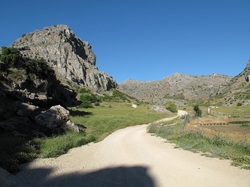 Llanos de Libar - Montejaque
Llanos de Libar - Montejaque A few sites I've heard about through word of mouth. A prime example of this is the Llanos de Libar in Grazalema. Who'd have guessed that a narrow concrete lane which slips into the back of Montejaque takes you onto a dirt track that weaves its way along a gorgeous valley for a dozen km into mountains? I wouldn't have, had not Peter Jones taken me there. If he hadn't done so I'd have missed a superb area which pretty much all my birding friends have elected as their favourite site. Not surprising so as Bonelli's Eagle, Black and Black-eared Wheatear, Orphean Warbler, Rock Sparrow, Alpine Accentor (winter) are pretty much guaranteed and other good species can be reasonably hoped for (e.g. Common Rock Thrush).
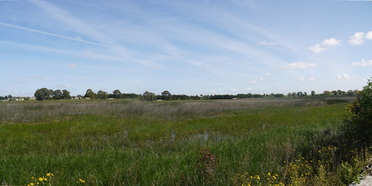 Laguna de Paja - Chiclana
Laguna de Paja - Chiclana Purple Gallinule, Ferruginous Duck and much else. A prime example of a serendipitous discovery is the Mesa de Asta Marsh – not hard to find since it's just off the main Trebujena-Jerez road. Yet in many respects this site – often wet when other places are dry and thus stuffed with birds – deserves greater recognition than many much more 'fancied sites'. I first realised something good might be in the offing when I noticed, as I drove along the A 2000, flock after flock of Gull-billed Tern all hurrying low across the fields in the same direction. The low shimmering sheets of water that shortly appeared on my left were alive with birds and I estimated c700 Gull-billed Terns to be present. On subsequent visits I haven't found quite so many Gull-billed Tern, but I've had many hundreds of
Whiskered Tern, large flocks of Collared Pratincole, dozens of Slender-billed Gull, White-headed Duck, Purple Gallinule, Montagu's Harrier, a wide variety of waders and much else.
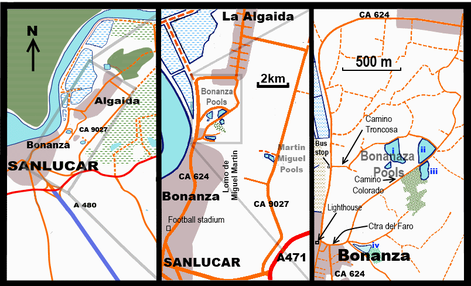 Location of Bonanza Pools
Location of Bonanza Pools 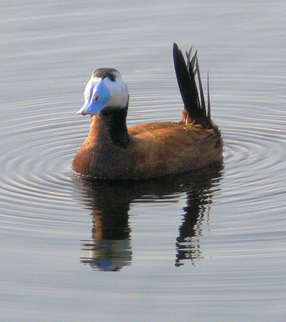 White-headed Duck - Bonanza Pools
White-headed Duck - Bonanza Pools At first sight, early one spring, the three somewhat scruffy pools, surrounded by 'poly tunnels and dotted with rubbish, didn't look inspiring. However, a closer look revealed several White-headed Ducks floating around at far closer range than at any other site I know. Mixed in with them were even more Red-crested Pochards and a few Black-necked Grebe. Carefully picking their way through the reeds, in which Great Reed Warblers were belting away, were a number of Purple Gallinules. Subsequent visits have regularly turned up Little Bittern (for which it's the most reliable site I know) and, although I've missed them myself, Marbled Teal are regular here and others have seen Ferruginous Duck. Better still, in recent years Crested Coot have also been present. Whether it's anything to do with my notes or this blog I don't know, but in recent years more birders have discovered 'Bonanza Pools'. In short, this minuscule site is currently far better for special sought after Andalucian species than well known and highly regarded sites like Laguna de Medina!

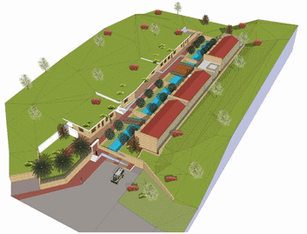
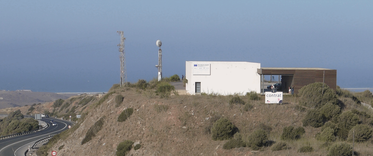
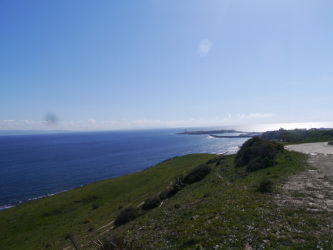
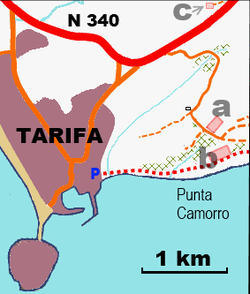
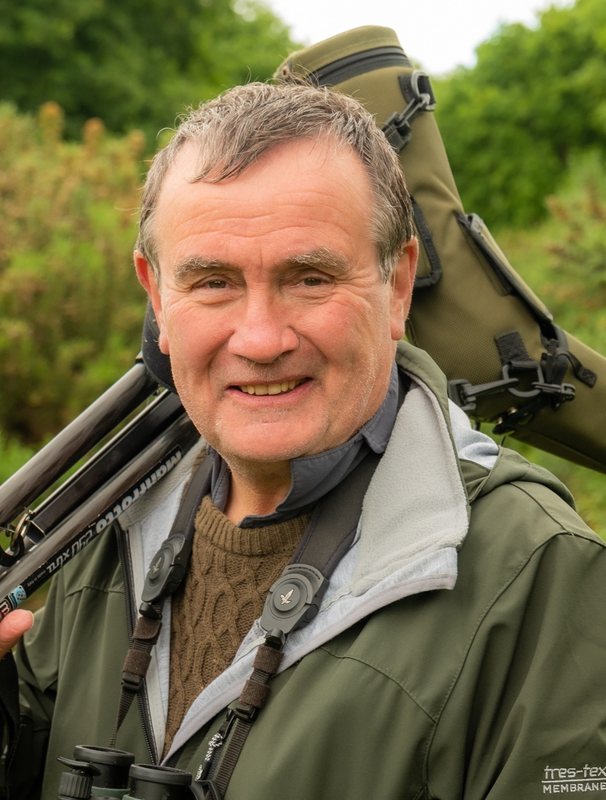
 RSS Feed
RSS Feed
